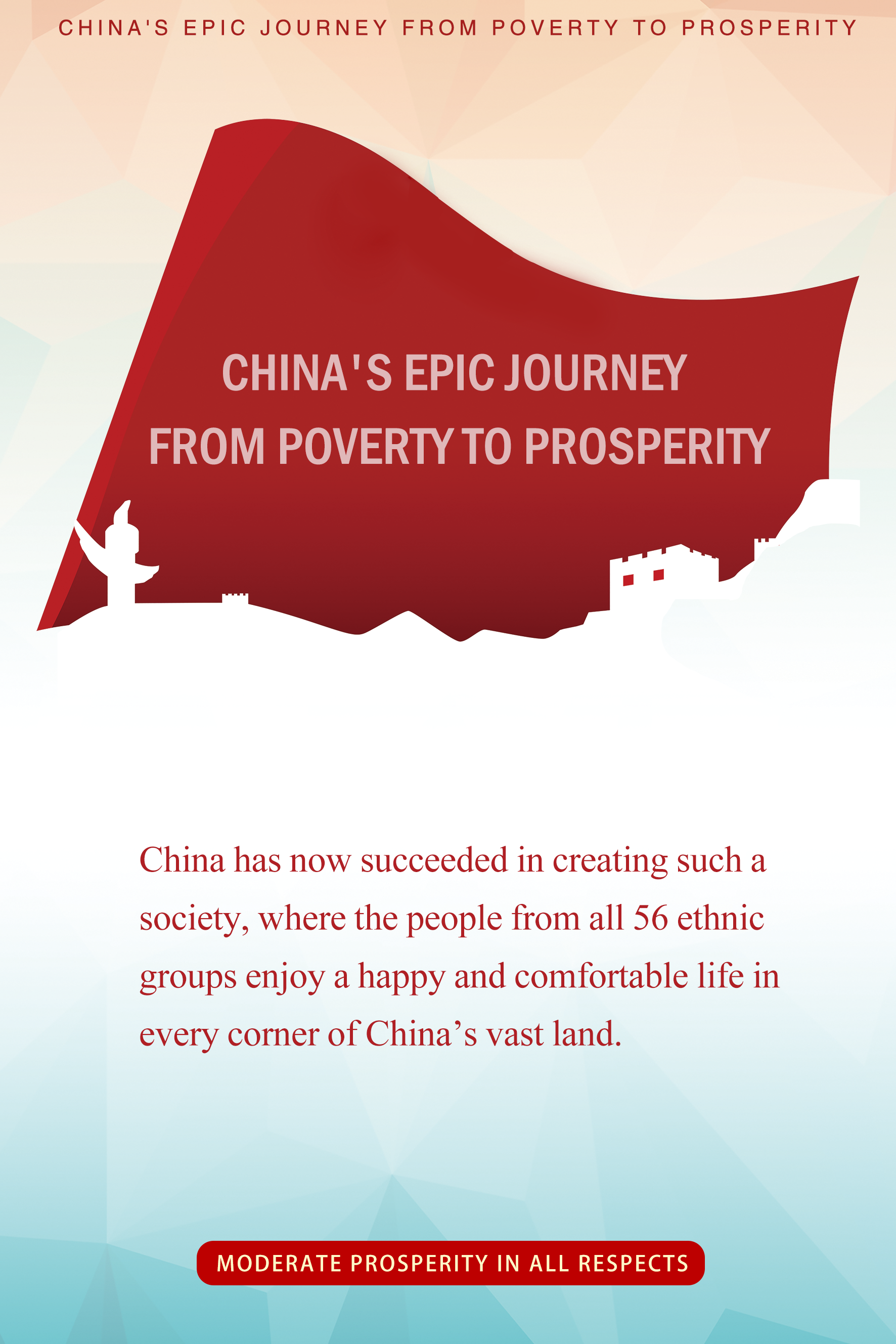White paper details journey to prosperity
Share - WeChat


The decreasing coefficient signifies that a smaller percentage of income is spent on food and other necessities and indicates growing income.
Ning Jizhe, head of the National Bureau of Statistics, said at a news conference after the document's release that the urban-rural disposable income ratio was 2.56 last year, down from 2.99 a decade earlier.
He said the disposable income ratio between the richest and poorest provincial regions (Shanghai and Gansu province, respectively) last year was 3.55, down from 4.62 in 2010, when the richest and poorest were Shanghai and the Tibet autonomous region, respectively, he said.























